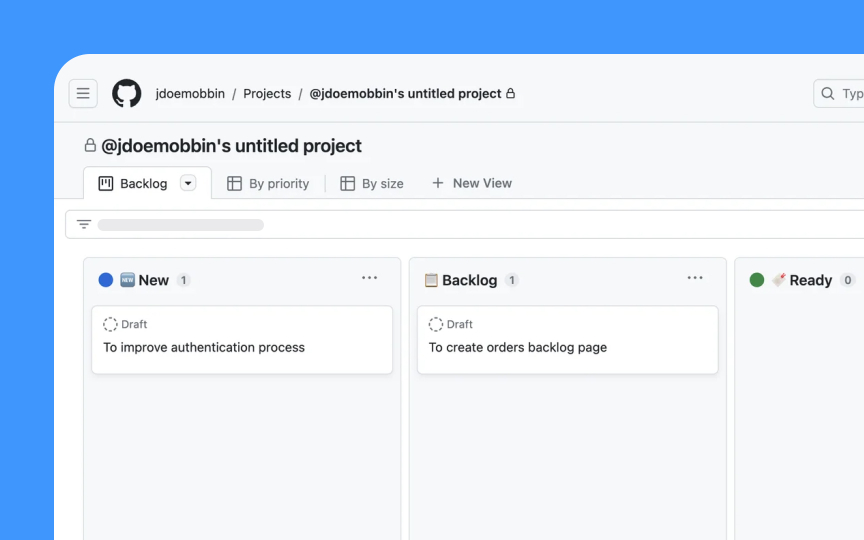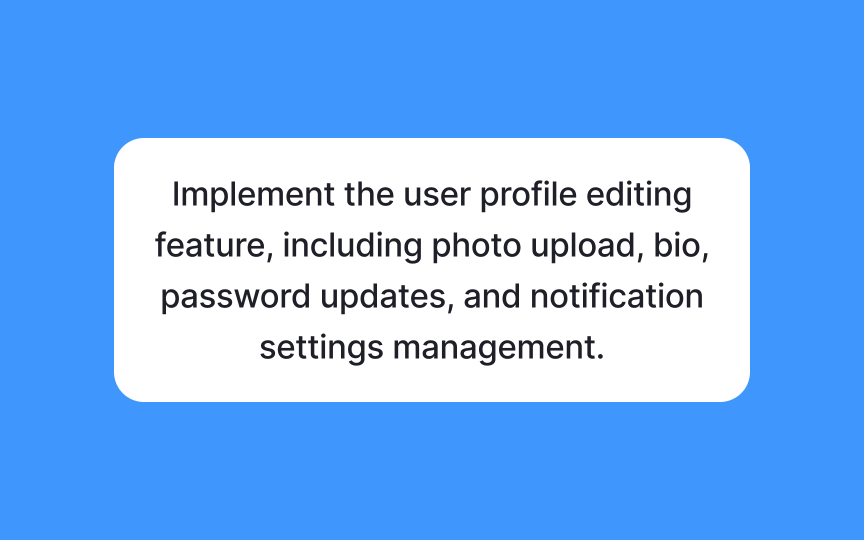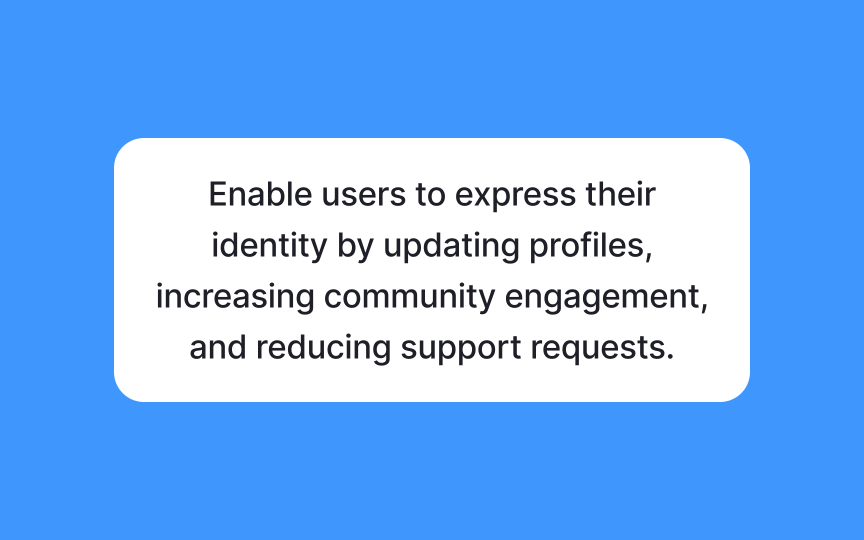How Product Can Adopt Agile
Discover how product managers can effectively embrace agile methodologies and thrive in cross-functional teams.
The product owner role stands at the intersection of business vision and technical execution in agile frameworks. Product managers who step into this role navigate a delicate balance, representing customer needs while supporting development teams through daily decisions and trade-offs. This dual responsibility requires shifting between strategic planning and tactical involvement in sprint ceremonies. The agile mindset provides product managers with practical approaches to manage competing priorities, translate market signals into actionable work, and foster team collaboration without micromanagement. By embracing both outcome-focused thinking and continuous learning, product managers create environments where development teams can deliver value consistently. The transition from traditional product management to agile product ownership isn't simply adopting new processes. It's cultivating a mindset that embraces experimentation, transparency, and shared accountability for product success.
Product managers in agile environments often find themselves straddling two critical roles. The outward-facing strategic product manager and the team-embedded product owner. While these roles overlap, understanding their distinct focuses is essential for effective agile practice. Product managers typically operate at a strategic level. Their key responsibilities include:
- Conducting market research
- Defining product vision
- Managing stakeholders
- Overseeing the product roadmap across its lifecycle
They ask, "What should we build and why?" The product owner role serves as the daily voice of the customer within development teams. Their key responsibilities include:
- Maintaining and prioritizing the backlog
- Defining sprint goals
- Making quick decisions to keep delivery flowing
Product owners focus on "What are we building next and how?" This distinction isn't about separate positions but about mindset shifts. When product managers embrace the product owner role, they move from strategy to support. They become the advocate for clarity, value, and progress within the team. This shift requires being present in scrum ceremonies, maintaining a well-groomed backlog, making timely decisions, and connecting daily work to a larger vision.
The most effective product professionals understand when to wear each hat. They lead with the product manager's perspective in roadmap discussions. They switch to the product owner mindset during sprint planning. This fluidity prevents the disconnect that happens when strategy becomes detached from execution.[1]
Pro Tip: Block 30 minutes after each sprint planning session to prepare clear answers for anticipated team questions. This reduces potential blockers before they arise.
The product
Effective backlog management begins with strategic prioritization. Many frameworks exist, such as RICE (Reach, Impact, Confidence, Effort) and WSJF (Weighted Shortest Job First). The core principle remains constant to maximize value delivery while considering effort and dependencies. This requires a deep understanding of both user needs and business goals.
The art of story slicing transforms vague requirements into actionable work. Large initiatives should be broken down into user stories that follow the INVEST principles. These principles are Independent, Negotiable, Valuable, Estimable, Small, and Testable. This enables incremental delivery and faster feedback cycles. Rather than building an entire feature at once, slice vertically to deliver thin, complete workflows that provide immediate value.
Backlog refinement is a collaborative process, not a solo product owner activity. Regular refinement sessions with the development team ensure stories are clear, properly sized, and technically feasible before sprint planning. This continuous grooming prevents the backlog from becoming stale or disconnected from current priorities.
A well-maintained backlog balances short-term needs with long-term vision. The top items should be detailed and ready for implementation. Lower-priority items can remain as broader epics to be refined when they move up in priority.
Pro Tip: Reserve the top 20% of your backlog for items that are fully refined and ready for sprint planning. This creates a buffer that prevents last-minute scrambles.
Sprint goals transform individual
Beyond immediate benefits, sprint goals create continuity across iterations. They show how incremental improvements build toward strategic objectives. This connection between short-term work and long-term direction enhances motivation. The strongest sprint goals emerge from collaborative planning. When teams help shape the goals, they develop stronger ownership and commitment to achieving them.
Pro Tip: Write sprint goals in user-centric language that could be shared directly with customers to explain the value they'll receive from the upcoming release.
Sprint planning transforms product strategy into executable work. As a product owner, your participation directly influences the sprint's focus, clarity, and success. Effective product owners enable team decisions rather than dictating work. Prepare thoroughly before planning. Ensure the
When developers raise concerns about completing everything, discuss priorities and simplifications openly. Ask "What's the smallest version we could build to test this concept?" instead of pushing for complete implementation. Ensure the team leaves with sufficient clarity without over-specification. Successful planning strikes a balance by being detailed enough for understanding requirements yet flexible to allow technical creativity.
Pro Tip: Before concluding, ask "What questions might come up during this sprint that I should prepare answers for?" to anticipate information needs.
Daily standups are quick team meetings, not status reports for managers. As a product owner, how you participate affects how well the team works together. Attend regularly but don't take over. Let developers share their progress, plans, and problems with each other. Your main job is to listen for questions, confusion about priorities, or roadblocks you can help remove. Avoid adding new requirements or changing directions during this short meeting. When developers mention they're unsure about something, make a note and talk about it after the standup ends. This keeps the meeting short and on track. Listening carefully gives you important clues about how work is flowing.
Notice if team members seem confused about what's important, mention the same problems repeatedly, or if tasks are taking longer than expected. These signs help you prepare explanations or adjust upcoming work. Make yourself available after the meeting for quick questions. Many teams have a helpful habit where people who need to discuss something stay behind after the formal standup ends. This creates a natural time to answer questions without interrupting everyone else.
Pro Tip: When a developer mentions being blocked on a decision, respond with "I'll have an answer for you within two hours" rather than starting the discussion during standup.
Sprint reviews, or sprint demos, showcase completed work and create learning opportunities. As a product owner, how you run these meetings affects stakeholder alignment and team motivation.
Focus on outcomes rather than just features. Begin by restating the sprint goal and explaining how the demonstrated functionality delivers user and business value. This helps stakeholders evaluate the work properly instead of focusing only on visual details.
For effective sprint reviews:
- Structure demos around user journeys, not technical components
- Frame what's shown in terms of problems solved, not just features built
- Include context about why the work matters to users and the business
- Acknowledge what's still in progress or what changed during the sprint
- Actively seek specific feedback rather than general impressions
Ask specific questions to get useful feedback. Instead of "What do you think?" try questions like "Does this solve the customer problem we identified?" or "How might this affect your department's workflow?" Targeted questions generate actionable insights.
Create a safe environment for honest assessment. Acknowledge what's not finished or what didn't work as expected. This shows the review is about learning, not just showing off successes. When teams see you accepting both achievements and lessons, they become more open and solution-focused.
Pro Tip: Let different team members demonstrate features rather than having the same person always present. This builds shared ownership and deeper product knowledge.
Retrospectives turn experiences into learning opportunities. As a product owner, how you participate shapes team safety and growth. Balance leadership with being a team member by following the recommendations:
- Join as a peer, not a boss. Retrospectives work best when everyone feels equal. Avoid dominating the conversation or defending decisions immediately. Listen carefully and acknowledge team perspectives, even difficult ones.
- Show vulnerability by discussing your own areas for improvement. Share specific examples like "I changed priorities mid-sprint, which disrupted your work" or "I wasn't available quickly enough for questions." This honesty encourages others to speak openly, too.
- Focus on actionable improvements, not just complaints. When issues come up, guide the conversation toward specific solutions. Ask "What process change would help prevent this problem?" Make commitments to address team concerns and follow through visibly.
- Balance discussing problems with celebrating progress. Acknowledge team achievements and connect their work to customer impact whenever possible.
Pro Tip: Review notes from the previous retrospective before each new one to report on actions you promised to take. This shows your commitment to improvement.
Product managers who become product owners face a three-part challenge:
- Maintaining strategic vision. Strategic work focuses on long-term direction: market trends,
product vision , stakeholder alignment, and roadmap planning. These activities typically happen quarterly or yearly. - Coordinating operational workflows. These responsibilities include release planning, team coordination, and metrics tracking on a monthly cycle.
- Supporting daily tactical execution. This work involves sprint support,
backlog refinement, and daily decisions for development teams.
Without attention to all 3 areas, product managers often get pulled into urgent tactical issues at the expense of strategic thinking. Protect time for strategic work by blocking calendar slots for market
Pro Tip: Label calendar blocks as "strategic," "operational," or "tactical" to ensure you maintain the right balance of activities.
Trust forms the foundation of agile collaboration. Product owners who build trust receive honest feedback, creative solutions, and resilience during challenges. This requires consistent behavior, not occasional gestures:
- Be transparent about constraints and trade-offs. When teams understand the real business pressures and market forces driving decisions, they become problem-solving partners rather than order-takers. Share the "why" behind priorities instead of presenting decisions as absolute directives.
- Respect technical expertise. Avoid dictating implementation approaches or questioning estimates without genuine curiosity. Present clear outcomes needed and collaborate when technical challenges arise. This shows you value their knowledge.
- Maintain consistency between words and actions. Follow through on commitments, answer questions promptly, and protect the team from unexpected work interruptions. When priorities must change, acknowledge the impact honestly and work together to minimize disruption.
- Create safety for open discussion. When teams feel
safe raising concerns or admitting mistakes without fear, they contribute their best thinking. Respond with curiosity instead of defensiveness, and model this by acknowledging your own mistakes.
Product development always involves uncertainty. Markets evolve, technologies change, and competition shifts constantly. Product managers who embrace agile principles develop resilience by treating change as information rather than disruption.
Key approaches for handling uncertainty in agile
- Use hypothesis-driven development to turn uncertainty into structured learning. Frame features as experiments: "We believe that [change] will result in [outcome] because [assumption]."
- Deliver incrementally to reduce risk. Build small, testable pieces to gather feedback before heavy investment in unproven approaches.
- Focus on thin vertical slices that provide end-to-end functionality rather than components that might need extensive reworking.
- Celebrate learning alongside delivery. Share insights gained, including wrong assumptions and surprising user behaviors.
- Develop personal resilience strategies for maintaining perspective, such as seeking mentor advice and focusing on learning rather than perfect prediction.
This approach makes adaptation a normal part of development rather than a failure. It reinforces that gaining insights is as valuable as completing features.
Pro Tip: Create a "hypothesis board" next to your product backlog to track what assumptions you're testing with each feature and what you've learned so far.
Similar lessons

Continuous Discovery Mindset

Business Outcomes vs. Product Outcomes




















